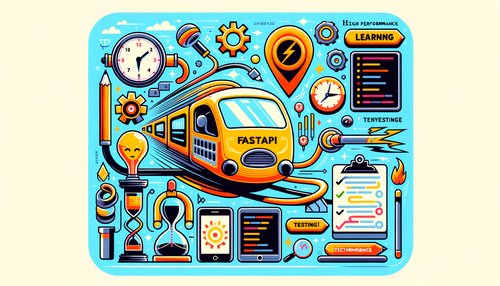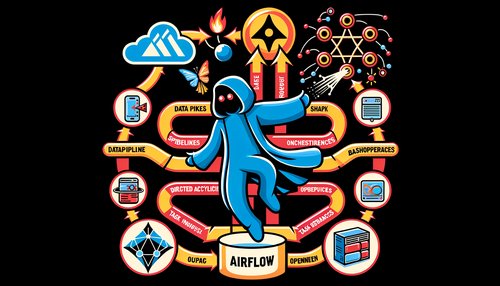Unlocking the Power of Python with the Django Framework
Python is an incredibly powerful programming language, but it can be difficult to unlock its full potential. The Django framework is a great way to do just that. This open-source framework allows developers to quickly build web applications with Python, taking advantage of its powerful features while also making the development process easier and faster. Here’s a look at how Django works and why it’s such a great choice for Python developers.
What is Django?
Django is a web framework for Python that was created to make web development faster and easier. It provides a set of tools and libraries that allow developers to build robust web applications quickly and easily. It’s free and open-source, and it’s used by some of the biggest companies in the world, including Instagram, Pinterest, and The Washington Post.
Benefits of Using Django
The Django framework has a number of advantages for Python developers. It’s easy to learn, and the code is clean and well-structured. It also provides a number of features that make development faster and more efficient. Here are some of the biggest benefits of using Django:
- It’s fast and secure: Django is built on Python, so it’s fast and secure. It also has a built-in user authentication system that makes it easy to add user accounts and manage permissions.
- It’s versatile: Django can be used to build almost any type of web application, from simple websites to complex web apps.
- It’s extensible: Django has a large and active community of developers who have created a number of extensions that make it easy to add new features to your application.
Getting Started with Django
Getting started with Django is easy. To begin, you’ll need to install the framework and create a project. Here’s a simple example of how to do this using the command line:
$ pip install Django
$ django-admin startproject mysite
$ python manage.py runserver
This will create a new Django project in the mysite directory. You can then use the Django admin interface to create models, views, and templates, and use the Django shell to interact with your data. Once you’ve created your project, you can start building your web application.
Conclusion
Django is a great choice for developers looking to unlock the power of Python. It’s easy to learn and use, and it provides a number of features that make development faster and easier. If you’re looking for a reliable and powerful framework for building web applications with Python, Django is a great choice.
Recent Posts

Unlocking the Power of Terraform: Mastering Conditional Expressions for Smarter Infrastructure Automation

Unveiling the Future: Navigating the Public Interface of Apache Airflow for Streamlined Workflow Management
Apache Airflow
Mastering Workflow Automation: Unconventional Apache Airflow How-To Guides for the Modern Data Enthusiast
Apache Airflow
Mastering the Cloud: Unveiling AWS CloudFormation Best Practices for Seamless Infrastructure Management



